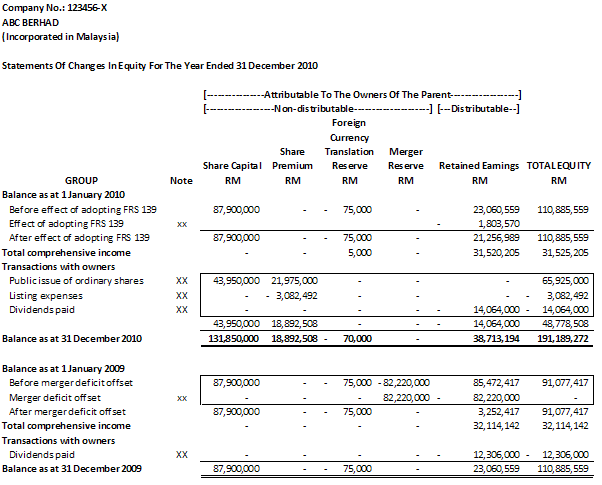An article on a tool used by Inland Revenue Board to catch tax cheats – Capital Statement, on the Star newspaper, Tuesday August 2, 2011:-
“How tax cheats get caught
– By Kang Beng Hoe
THE term tax cheat used here refers to the determined tax evader and not to someone who made a good faith mistake due to the complexity of the tax law.
He is someone who sets himself up to evade tax either by not paying at all or regularly underpaying. He is unlikely to have kept books or records, or even if he did, they would likely be inadequate, or he would withhold them from the tax authorities.
Here the tax official is faced with the problem that actual undisclosed income cannot be proven directly. He will have to resort to indirect means to do so.
One of the most powerful tools that the tax official has on hand is the use of the net worth statement also known as capital statement.
The success of the net worth method is premised on the fact that income which has been hidden away will, over time, surface as assets in tangible forms such as landed property, stocks and shares, cars, jewellery etc. Why do you think the local tax office would keep tab of regular notifications from the land office and JPJ evidencing a taxpayer’s acquisition of a property or a motor vehicle?
The reasoning behind the net worth approach is quite simple. When a person accumulates wealth in the course of a year, he either invests it in assets or spends it. If there is an increase of net worth over the year, there is the presumption that this represents taxable income.
This presumptive approach has been adopted in parts of many tax systems. Critics say that the approach is confiscatory in nature and is a denial of the basic right of a person to protection of property. The courts though have endorsed the net worth method on the reasonable argument that a person who has accumulated substantial wealth should be able to show where it came from, if it is not from his known income sources.
The basic net worth formula looks at a person’s increase in net worth over a year. To this is added expenses, which are not tax deductible, including living expenses. The result is income for the year, which should have been reported. Compare this with what was reported and the taxman would have a figure, which represents understated income.
The use of this formula is repeated over a number of years so that the taxman will be able to determine the understatement of income over those years. The six-year time limit in our tax law will preclude looking beyond six years unless evidence of fraud is present.
An area of common dispute is the taxpayer’s living expenses as these are added to the net worth formula.
It is not uncommon for the taxpayer to hold himself out to the tax official as a man of frugal habits until confronted with evidence of lavish spending. The tax official is empowered by case law to make estimates of a taxpayer’s living expenses using all available evidence including third party verification.
The preparation of a net worth statement is laborious and time consuming. Expect detailed line-by-line examination of bank statements, financial statements to creditors and other relevant documents evidencing asset purchases or other spending. Safe deposit boxes are not safe hiding places as these could be sealed off pending examination of their contents.
Defences put up range from the typical to the bizarre:
Cash at start of the statement period had been claimed to have been hidden in mattresses, shoeboxes and garden sheds, etc.
Monies were borrowed from relatives, friends and business associates.
Assets were jointly owned by the spouse before the start of the enquiry period, or the taxpayer is the owner in name only and that the real owner may not be under investigation.
Net worth increases were due to gifts, inheritances, insurance proceeds and even gambling or lottery winnings.
The question often asked is whether offshore assets should feature in the net worth statement since offshore income is not taxable. The answer is yes unless it can be shown that the offshore funds were not funded from domestic taxable income.
It has been said that our tax system is founded on levels of trust. At one level, when we pay our taxes, we assume that our fellow citizens will pay theirs too. The tax cheat has thus betrayed this trust making us feel unfairly burdened. Effective enforcement by tax officials, using all available means, including the net worth method, is therefore crucial in any credible tax system.
It is also obvious to many that the net worth method could be used to reveal and prove illegal activities in areas other than tax evasion.
This is because the proceeds from such activities are often invested in visible assets.
When one hears the chorus “how can he afford it?” directed at a public official found flaunting his conspicuous acquisition, the public mind is showing its intuitive understanding of what it takes to show him up.
Kang Beng Hoe is an executive director of Taxand Malaysia Sdn Bhd, a member firm of Taxand, the first global organisation of independent tax firms. The views expressed do not necessarily represent those of the firm. Readers should seek specific professional advice before acting on the views. Kang can be contacted at kbh@taxand.com.my“

